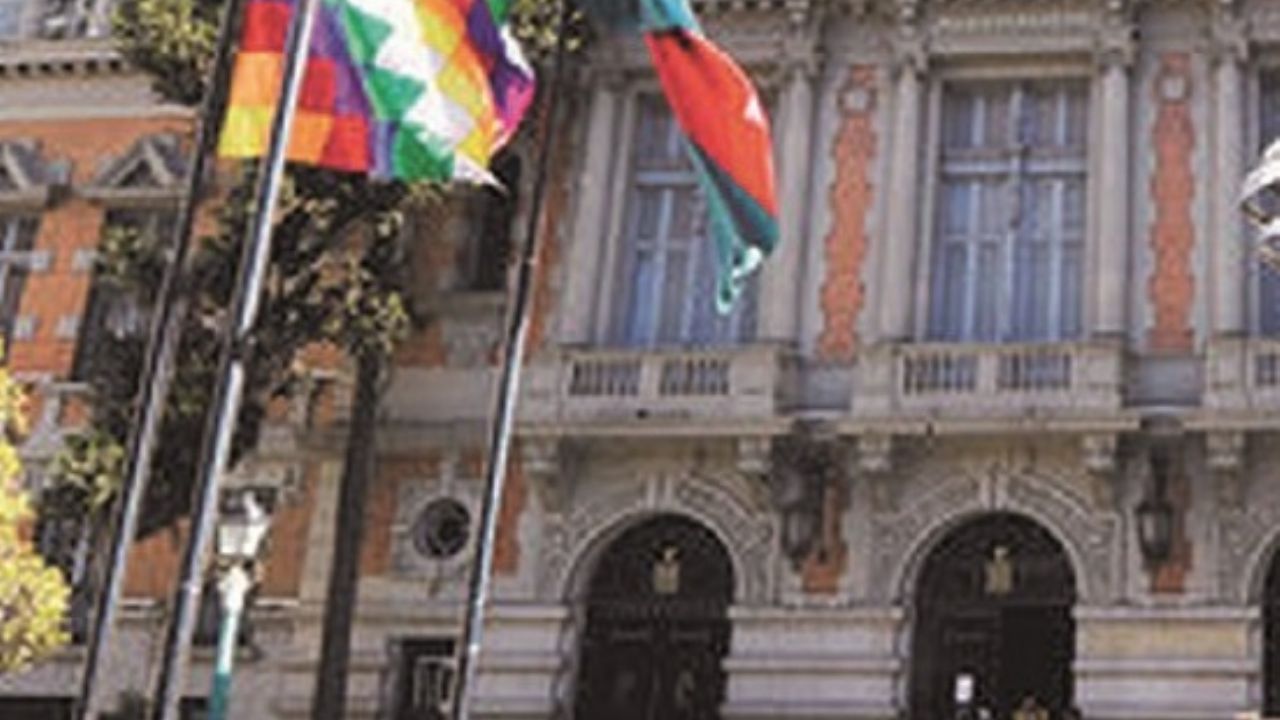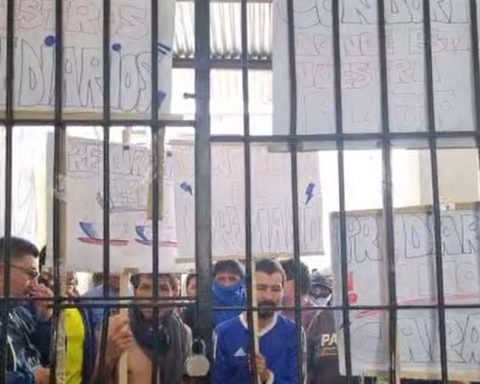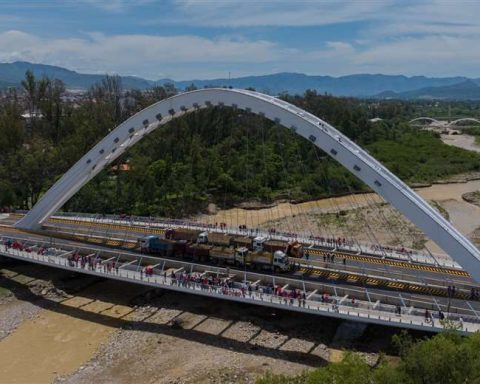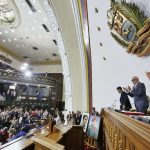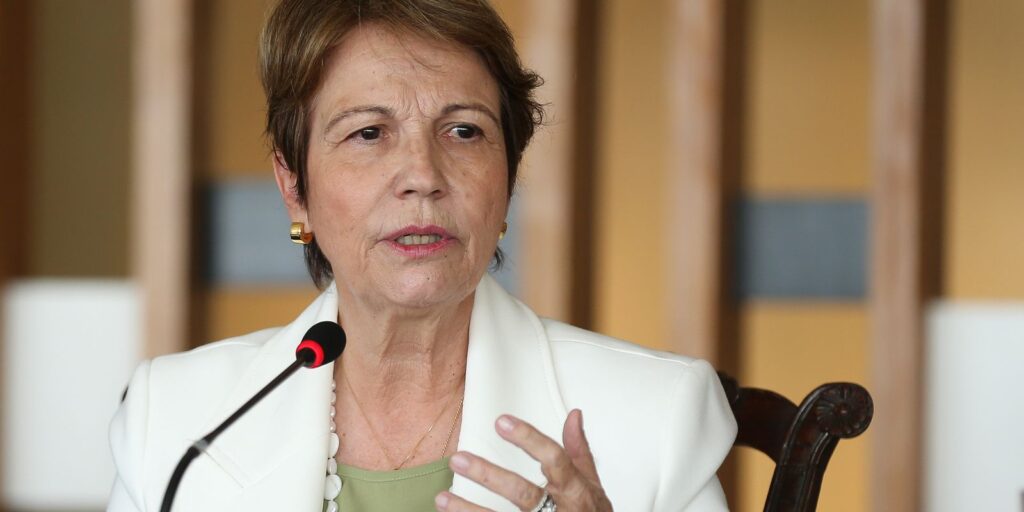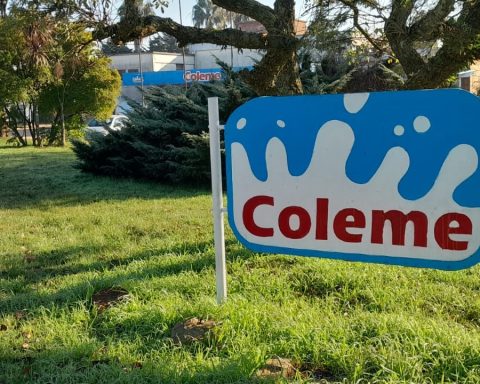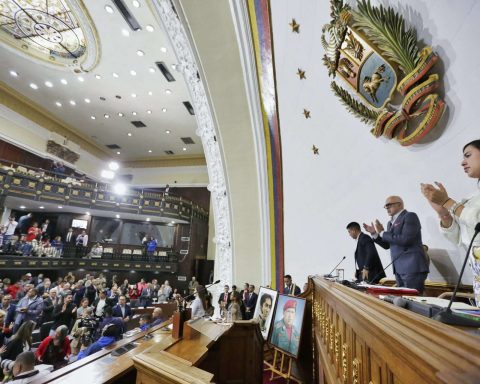Luis Escobar / La Paz
The Mayor’s Office of La Paz presented the six axes to boost the economy of the municipality with a strong participation of private parties, to whom it seeks to award the delivery of operating licenses for economic activities, the public lighting system, the Open Air Theater, the transformation of garbage and the construction of the road to Mallasa, among others.
“The concept we have of the municipal government is not to turn it into a business. We believe that (the Mayor’s Office) has the obligation to support the private sector and its role is that of a facilitator. In no case to hinder or remove powers from the private sector”, said Mayor Iván Arias, yesterday in the presentation of the six pillars of his new plan.
The plan was presented one year after the new administration. Arias explained that the first months of work, the commune was dedicated to fighting covid. The municipality registered 300 daily cases and faced a new crisis for oxygen and medicines.
“Once the goal (of addressing the health issue) has been met, the second great challenge comes: to set the municipality’s economy in motion and for the investor to make this city in his image and likeness,” he stated.
The first driver refers to “trust and clear rules”. To do this, the Mayor’s Office is looking for a private company to take charge of the delivery of licenses for economic activities or permits, considering that this task -currently- is in the hands of the Mayor’s Office.
“That they are not asking (the investor) for a bribe, oil. Less bureaucracy and transparency is not only an ethical and moral problem, but it is a condition for investment. In that sense, we are thinking of outsourcing the whole issue of licenses and operating permits”, he said.
Arias considers that with the administration of a private company “they seek greater transparency.” “All businessmen want clear rules,” he said.
The second driver is technological development. For that, the Mayor’s Office faces a plan for the installation of free Wi-Fi in public spaces. The first that was enabled and is already in operation is the one in Plaza San Francisco last Wednesday. However, due to social protests, the official presentation was not made. Today a second point will be enabled at the La Paz Bus Terminal.
“We are going to universalize internet access. In this way we will promote digital business. La Paz is a pioneer because of the top 10 startups, most are in La Paz,” he said.
The third catalyst refers to the generation of investment with 600 million bolivianos that will be executed in the following two years. These resources will be used for works and infrastructure, such as parks, green areas, renovation of school units, school breakfast, district and neighborhood works. “This money will create at least 30,000 jobs each year,” he said.
The fourth axis contemplates the revitalization of the markets. “We will encourage private sector investment in La Paz. For example, promoting spaces in movement such as San Miguel, where a street became pedestrianized and businesses invested. We did the same in Sagárnaga and we want to do the same in 20 more spaces”, he said.
The commune invited the private sector to create an alliance to, for example, change public lighting for LED lighting and the cost of this work will be charged by a company.
In addition, the Mayor’s Office is looking for a company to take over the roofing of the Open Air Theater and then manage the place. “We are going to have a Quinta Vergara that will be able to accommodate more than 8,000 seated spectators with all the comforts and in a closed environment because if La Paz suffers from something, it is its nighttime climate that does not allow it to hold concerts,” he said.
Also, the municipality hopes that private entrepreneurs will take over the processing of the garbage.
The fifth facilitator turns his gaze to the rural districts of Zongo and Hampaturi that occupy 92% of the territory of the municipality and the remaining 8% comprises the urban area.
“Zongo has climates from 4,500 to 400 meters high. The people of La Paz do not know this ecological variety and that is where we want to develop adventure tourism, ”he said and assured that they seek to promote high-altitude coffee and in five years they hope to launch the Zongo brand.
In Hampaturi you can do Andean tourism and you can develop the production of potatoes, vegetables and other foods because you have water from the springs. 60 million Bolivians will be invested for a modernized irrigation system.
The sixth and final driver is related to cultural and creative economies. To do this, Arias proposes to revalue the festival of the Great Power with the construction of a 50-meter-high monument, superior to the Cristo de la Concordia in Cochabamba, which is 40 meters high, and the Virgen del Socavón in Oruro, with its 45 meters.
The construction of the La Paz statue seeks to develop tourism and, as far as possible, to build a party hall under it and to enable a “folklodromo” around the place. Arias did not specify the place where he would be located.
“Our dream: to change the color of the city from brick to a thousand colors. For this we are playing with tax and social incentives, La Paz has room to grow and we are going to promote the highway to Mallasa with private support”, said the authority and indicated that he hopes that businessmen join this project either with advance payment of their taxes or with the installation of a toll, alternatives that are still under study.
“Why would I spend the money on a highway to Mallasa if it can be done by the private sector and (rather) that money can be invested in education, health and the internet. Things that the private sector needs for them to create jobs,” she concluded.
